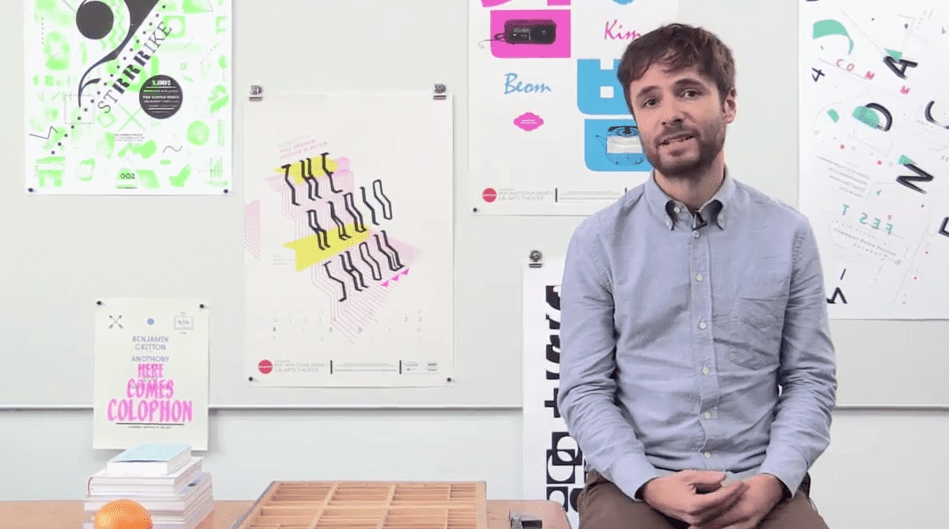In-Depth Review: Introduction to Typography
Detailed review by Class Central user Cyn Gar on a course that delves into the history and design of typefaces and explores the subject of typography.
This review is by retired graphic designer Cyn Gar. Took the course? Write your own review here. Read all reviews.
Quick, what’s the difference between a font and a typeface? If you do any sort of electronic publishing and don’t know the answer, Introduction to Typography is for you. Letters have meaning, not just in the words and sentences they make up, but in their form. Selecting the right typeface to convey your message (or that of your client) is an art.
THE COURSE
In the first week, students learn the relevant terminology. Like most crafts, the technology changed, but the terminology hasn’t. Many of the terms come from the days of movable type (why “leading” pronounced “led-ing” and not “leed-ing”). The week ends with a quiz.
The fun begins with week two. We saw how typefaces evolved from those that mimicked manuscripts to digital ones optimized for screen readability.
The fun begins with week two. We saw how typefaces evolved from those that mimicked manuscripts to digital ones optimized for screen readability. Each style of type has characteristics and a feel that reflects the period of its creation, similar to architecture. As emphasis on embellishment waxed and waned, so too did the complexity of type forms: old-style reflects a calligraphic flavor; Modern, a Neoclassic revival; Humanist sans-serif, a contemporary take on traditional proportions. Six styles are discussed, although a seventh, Transitional, is lumped in with Modern. At the end of the second week, we got to choose a typeface from type’s 400 year history for our project.
For me the hardest part of this assignment was choosing ONE typeface to work with. Once selected, the assignment was to write a brief history of that typeface and its characteristics.
Let me take a quick moment to address the requirements of the course. Students have to have access to the typeface they choose in the form of a digital font. The list to select from has ones that are common on either Macs or PCs. Purchasing from an on-line vendor is also an option. As for the suggested software, there are free/open source alternatives to Adobe InDesign, including what may already come pre-installed on your computer.
The next two weeks’ assignments build on the previous week’s project by incorporating that week’s lesson. Week three, we learned how to adjust spacing between lines, words, and characters, and how doing so affects the feel of a paragraph and the overall message of the text. The concept of using a grid is introduced, along with hierarchy to aid in readability. The ultimate goal is to make text look good and read well. This week’s assignment was to take last week’s and turn it into a page layout in that typeface.
Typography is all about communication in its expressive form. The final week, we put it all together, turning the page layout of week three, into a poster that reflects the historical era of the typeface.
ASSIGNMENTS & SUCCESS
All the assignments are peer reviewed
All the assignments are peer reviewed. I saw a broad range of effort and skill level. Some people, myself included, put in WAY more time than was actually suggested for their projects, while it was obvious that all of this was new to others. No matter where you find yourself on this scale, you will learn something. The instructor gave us the “rules”, but the projects are meant to get us to experiment, to see what works and why it does. So just have fun with it and you might just learn something.
Oh, and the answer to my initial question: a font is a single style and size of a typeface. (for example: Arial is a typeface; 10pt Arial bold is a font).
[review_widget]
Class Central is looking for reviewers and regular contributors. If you’ve ever finished a MOOC and want to write a critique to help future students considering taking that course, we want to hear from you. Drop us a mail.






